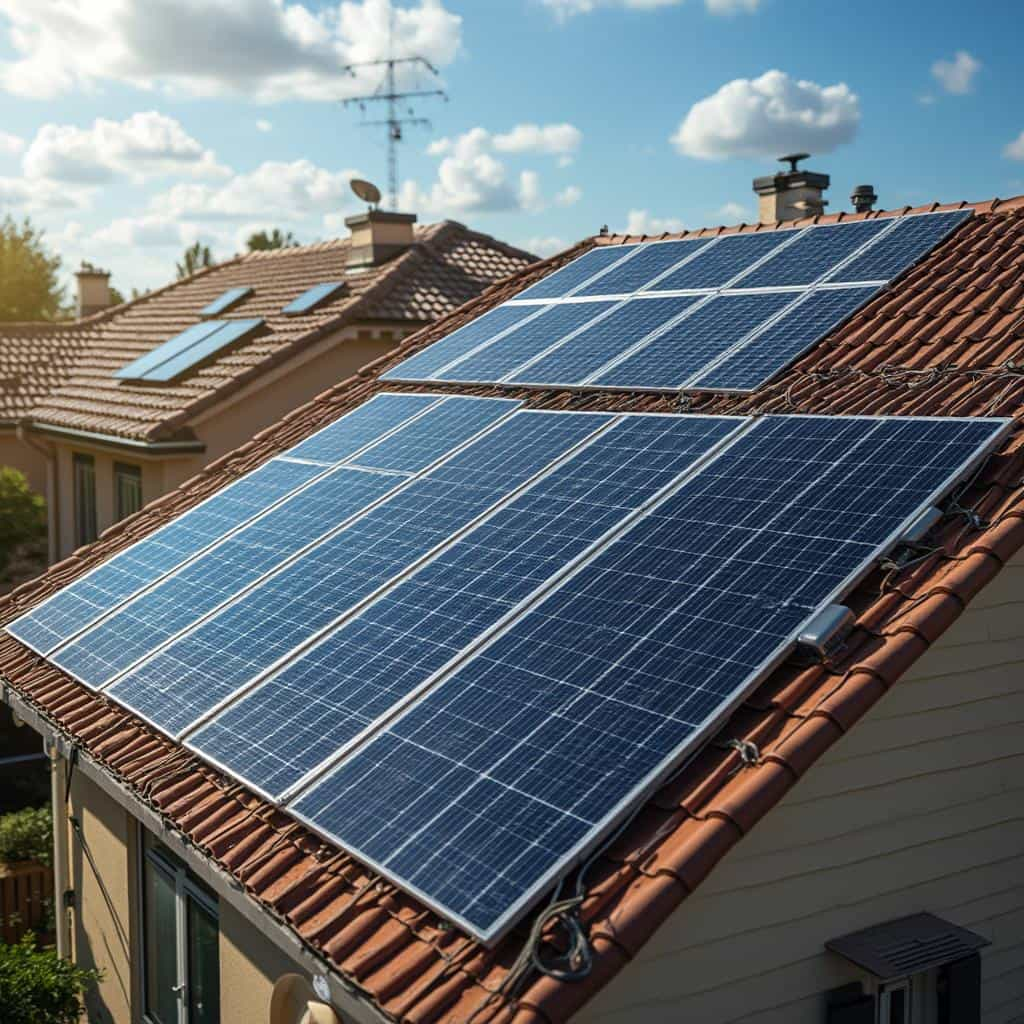Solar energy, often heralded as the future of sustainable power, has taken a central stage in how we perceive energy production. At the heart of this green revolution are photovoltaic (PV) solar panels, which convert sunlight directly into electricity. This article explores the numerous advantages of solar panels, while also offering a critical examination of the costs involved and the options available for potential adopters looking to invest in this renewable resource.
The shift towards renewable energy sources has been fueled by a variety of factors, including environmental concerns, government incentives, and technological advancements. Solar panels offer a clean energy solution that reduces carbon emissions and dependence on fossil fuels. While harnessing solar power has its challenges, the benefits it provides are compelling. Historically, civilizations have revered the sun for its power; today, we are finally capable of converting that reverence into practical electrical energy.
The financial aspects of solar installations can vary widely based on location, due to differing levels of sunlight, local incentives, and installation costs. In the United States, for instance, solar panel installation costs have dropped by over 70% in the past decade, according to the Solar Energy Industries Association (SEIA). However, costs can still be substantial, with averages ranging from $15,000 to $25,000 for a complete system before tax credits or incentives.
In Europe, countries like Germany and Spain lead the charge in solar energy production, thanks to favorable climates and supportive government policies. The costs here are typically lower, partially due to the maturity of the market and partially due to governmental support. The German Renewable Energy Sources Act, for example, has provided a framework for solar energy incentives that have encouraged widespread adoption.
When considering solar energy, it’s crucial to examine the types of panels available. Monocrystalline panels, known for their efficiency, are more expensive but perform better in low-light conditions. Polycrystalline panels, while less efficient, are cheaper and are often used when budget is a primary concern. Thin-film solar panels, although less durable, offer flexibility and lightweight options, particularly suitable for unconventional surfaces.
For potential solar adopters, understanding the intricacies of installation is equally important. Ground-mounted systems can be an alternative for those with ample land, offering easier maintenance and potential for scaling. Roof installations, while more common, require careful consideration of roof orientation, angle, and shading. A study by the National Renewable Energy Laboratory (NREL) reveals that roofs oriented towards the south, with minimal shading, maximize energy collection.
The financial incentives available vary. In the U.S., the federal solar tax credit (Investment Tax Credit) allows you to deduct 26% of the cost of installing a solar energy system from your federal taxes. In Canada, the province of Alberta offers a Residential and Commercial Solar Program, which provides rebates covering up to 30% of system costs. Different countries and regions have varying incentives, so consulting a local expert is advisable.
As demand for solar panels grows, more companies enter the market, each with slightly different offerings. Tesla, through its Solar Roof product, offers cutting-edge technology integrated into solar tiles that look like ordinary roofing tiles. SunPower provides high-efficiency panels backed by extensive warranties, while LG offers a balance of efficiency and cost-effectiveness. When choosing a provider, consumers should look beyond pricing, considering warranty terms, installation services, and company reputation.
With solar energy touted as a primary solution to climate change, the deployment of solar panels doesn’t come without challenges. Land use conflicts, aesthetic concerns, and the environmental impact of manufacturing panels are ongoing issues that experts are working to address. Innovations in recycling solar panels aim to mitigate end-of-life disposal concerns, a critical step as the first generations of installed panels reach their expiry.
In conclusion, the journey towards adopting solar panels is multifaceted, involving a thorough consideration of economic, environmental, and technical factors. By comparing options—whether in cost, efficiency, or long-term savings—consumers can find solutions tailored to their specific needs and conditions. As technological advancements continue to drive down costs and improve efficiency, the vision of a solar-powered future becomes ever brighter. The impetus now rests on informed decision-making to harness this abundant yet underutilized energy source.
You may also like
Green Energy and Charging Stations: Proposals and Costs
As the world shifts towards greener energy sources, the demand for electric vehicle (EV) charging stations is on the rise. This article examines the current landscape of EV charging infrastructure, comparing proposals, costs, and benefits. We delve into geographic cost variations and spotlight the most competitive charging station offers.
Analysis of Green Energy Through Photovoltaic Panels
As the world searches for sustainable solutions to combat climate change, solar energy emerges as a frontrunner. This article explores the various proposals, costs, and advantages associated with photovoltaic panels, providing a comprehensive guide to understanding and investing in solar power. It also delves into geographical cost variations and compares current market offerings for optimal decision-making.
Green Energy and Charging Stations: Proposals, Costs and Advantages
This article delves into the burgeoning world of green energy and the infrastructure supporting electric vehicles, specifically focusing on charging stations. It explores various proposals, costs, and benefits associated with these stations. By comparing offerings from different companies, this article aims to provide clarity for consumers seeking the best market deals while highlighting geographical cost variations.
